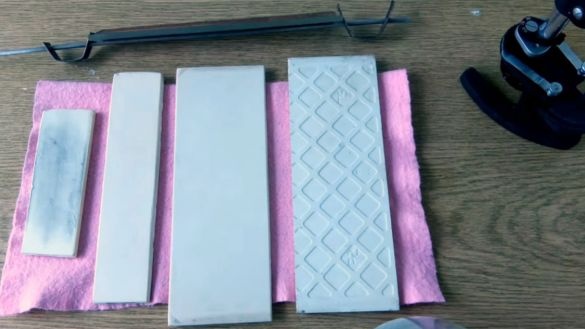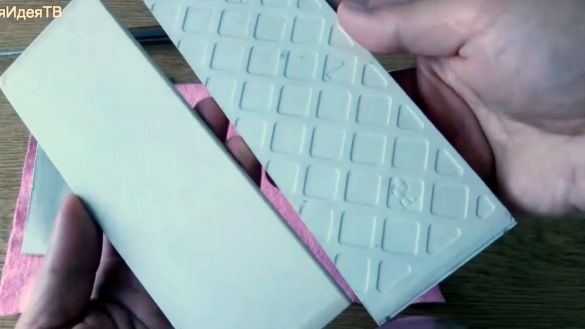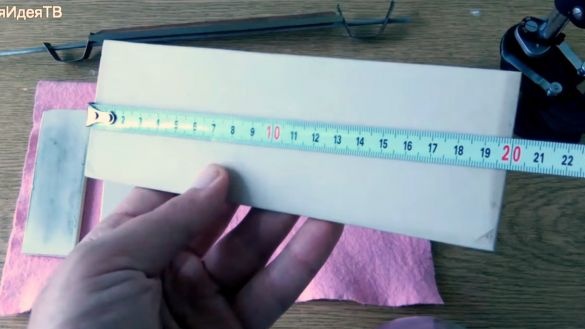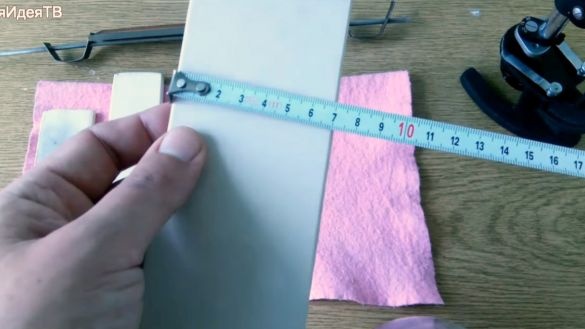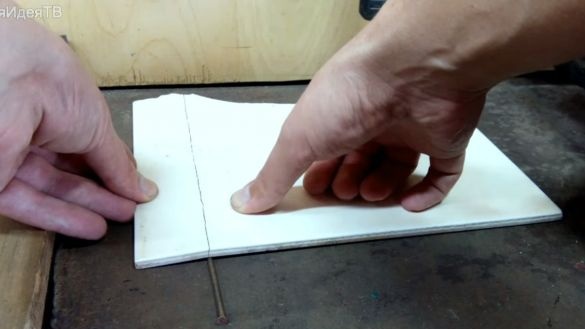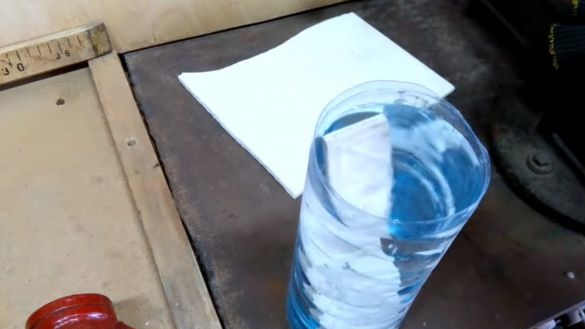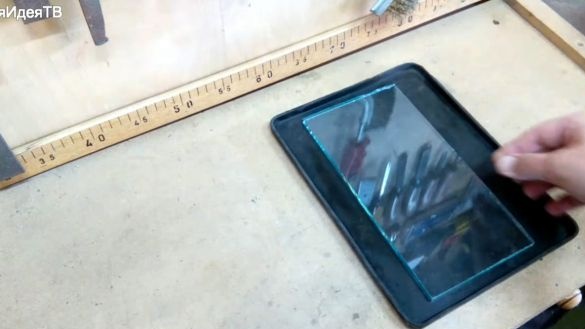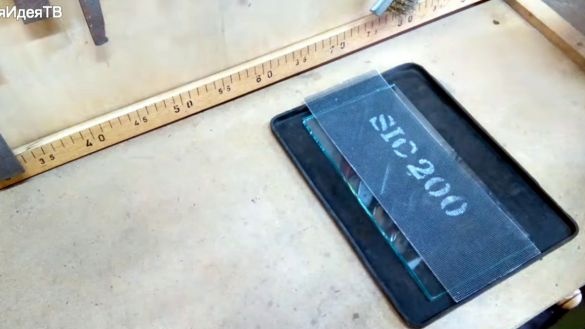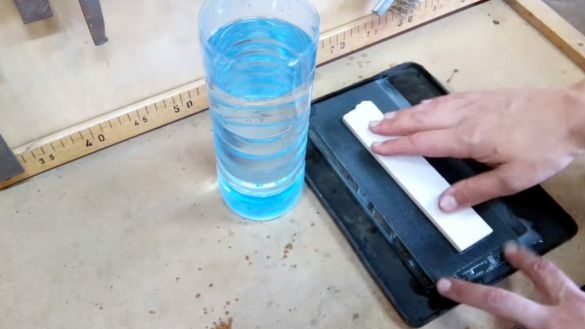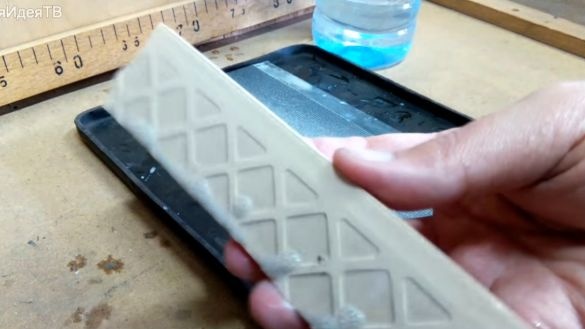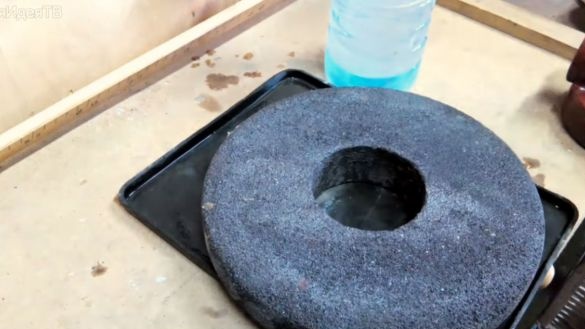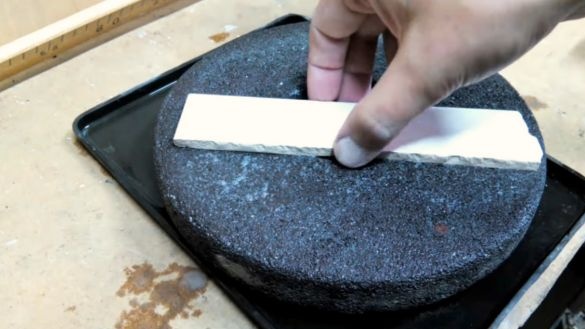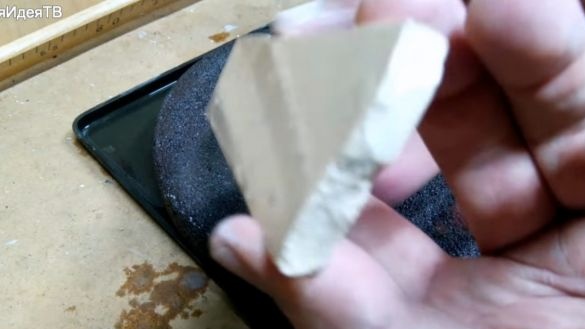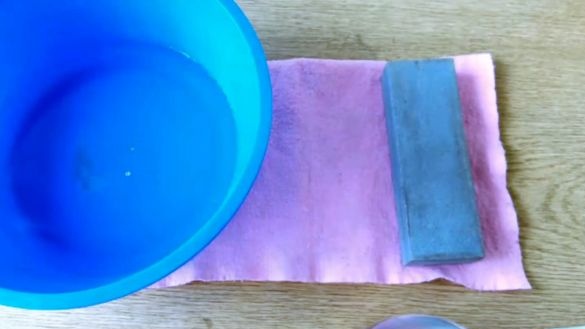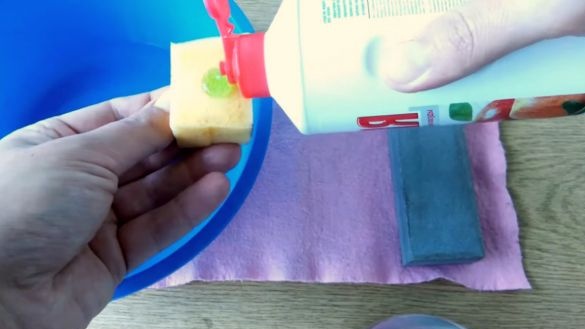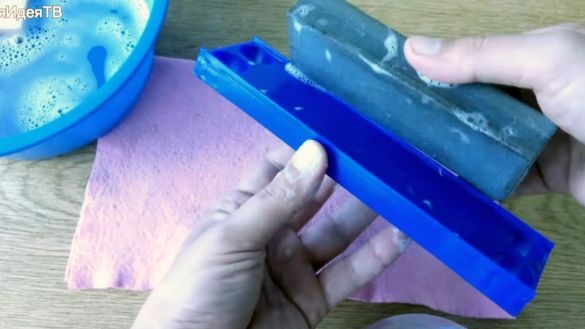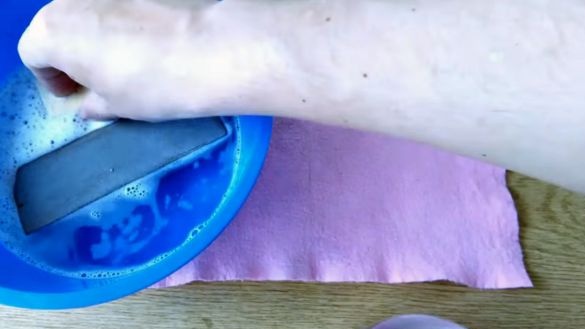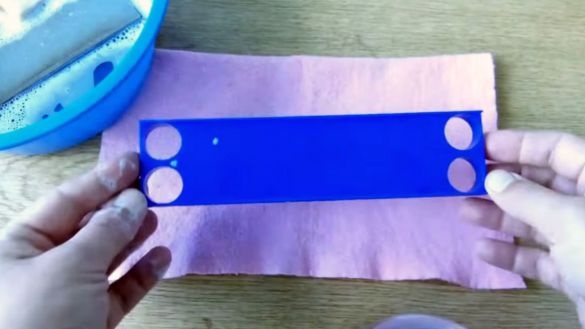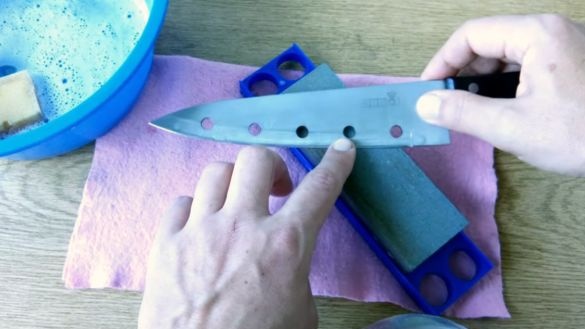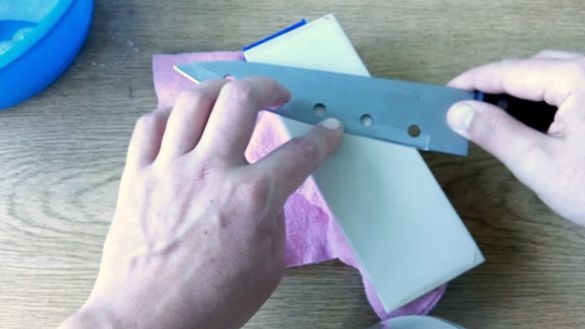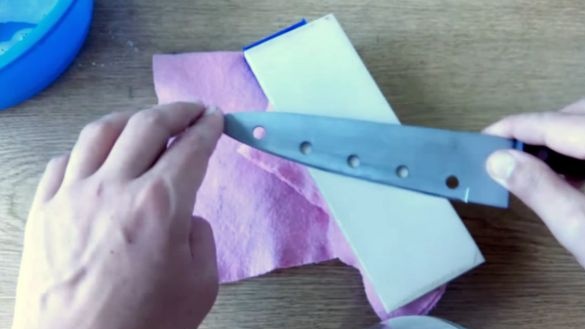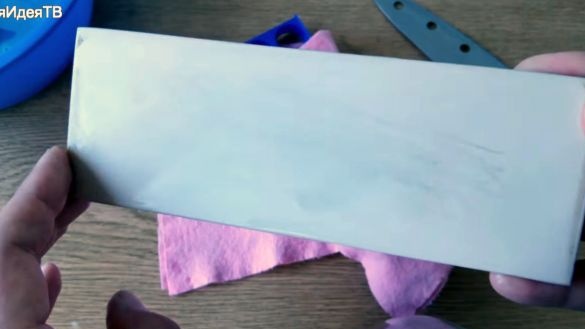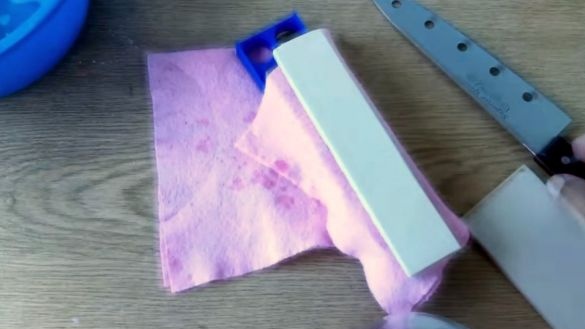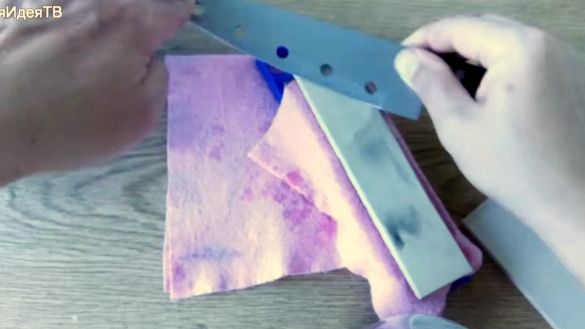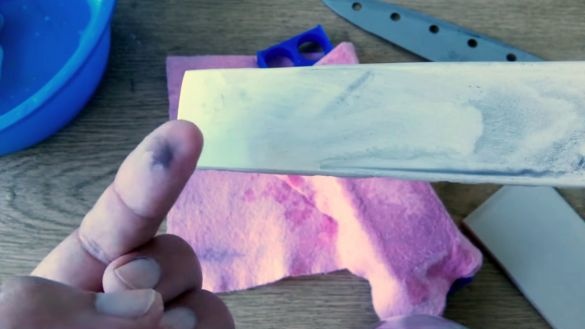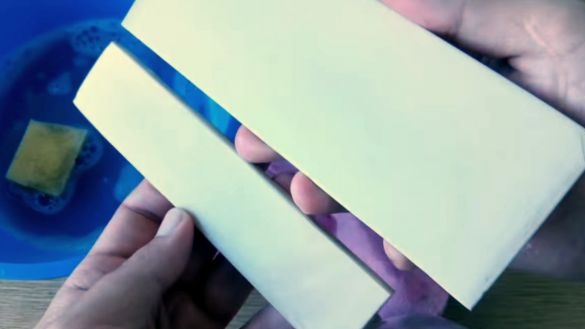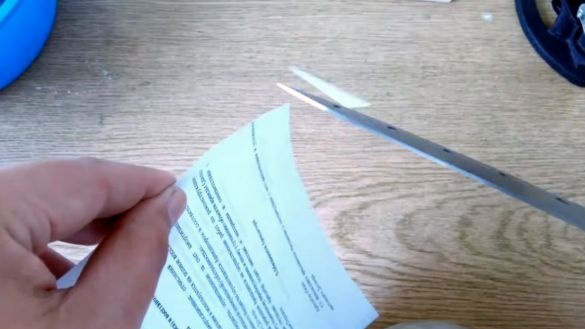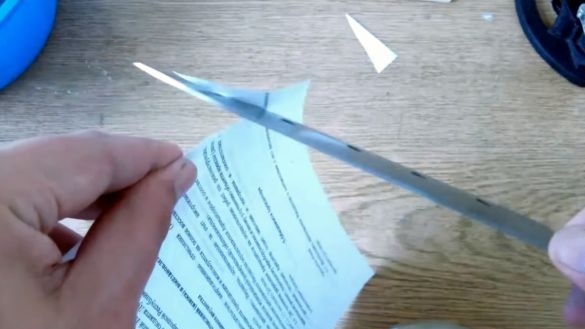Good day, dear the inhabitants of our site!
In this article, the TV channel Your Idea TV tells you how to make a sharpener for sharpening knives, almost for free.
Abrasive materials around us - a great many. You can, of course, purchase a professional grinding stone.
But for the simple reason that they are intended specifically for specialists in this matter, it is better to buy a good knife for the money.
You can make a donkey for home use from a piece of ordinary ceramic tile.
Good grinding stones are usually 200mm x 70mm.
Let's get started.
The author cuts the strip, makes an incision with a glass cutter. Then chops on a nail.
Soaks her in the water.
Next, grinds all the bumps on its back.
You can take glass for evenness and put a stucco mesh on it.
This process is very slow.
For the initial leveling of the surface of the tile, according to the author, it will be much more effective to use a rough emery stone from a sharpener.
Pay attention to the surface of the stone if you have it. Its butt should not be much worn.
Lapping produces with the addition of water.
In the process of grinding, you will feel how the surfaces begin to stick to each other, and you have to separate them with some effort.
In the event that your stone was very worn out, and you can’t get a perfect, smooth surface of the donkey.
Bring to the ideal on glass with fine stucco with water.
Let's move on to the sharpening process.
Adds a small amount of detergent to warm water.
This helps to better hold the water film on the surface of the stone.
The author makes a rough peeling on an ordinary double-sided Chinese stone from the household.
Soaks it in soapy water.
The role of the stone stand will be perfectly played by the plastic part from some children's designer.
During sharpening, it is extremely important to observe the factory angle of the knife sharpening.
It will not be easy for a beginner to catch holding him.But this necessary skill is developed very quickly. And for this, regular practice will help you.
Having finished peeling, proceeds to the next process - thin sharpening of the knife.
Of course, he uses a freshly cooked tile-made donkey.
The author prepared two stones from ceramic tiles of different manufacturers.
He will not use the second stone for manual sharpening, but as a form for a buffalo sharpener.
The first stone turned out to be very thin, and in grid approaching approximately 3000.
This stone is not at all aggressive, and the metal removes in very small quantities.
Therefore, it is perfect for finishing.
The author’s second stone surprised him; he practically ate metal in several passes, gnawing it with incredible speed.
This effect is clearly visible by the amount of dark metal shavings.
Sharpening the second stone was much more pleasant and faster for the author, but in general, for each of the stones there will certainly be its own application.
Starts the tests.
You can look at the result of manual sharpening a kitchen knife for rough work.
It is rather a light hatchet, not a knife. However, he copes with the shredder function perfectly well.
Thanks to the channel Your idea of TV for a great idea and presentation!
Good all homemade!


